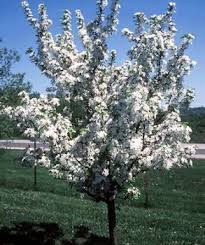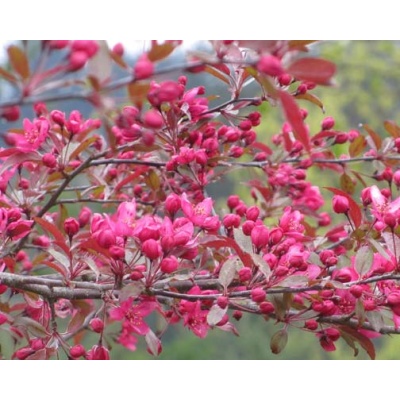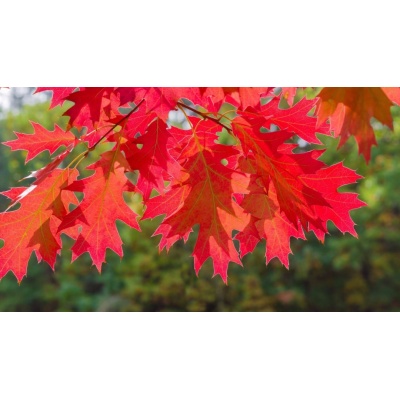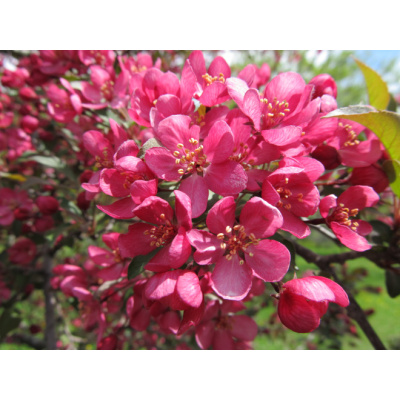Description
 Malus x ‘Red Jewel’
Malus x ‘Red Jewel’
‘Red Jewel’ Crabapple
The Red Jewel Crabapple is a beautiful white flowering crab. It is smothered in stunning fragrant white flowers in mid spring. With its compact shape this crab tree is great in any landscape. It can provide privacy, accent, and good under power lines. This small tree grows to be 15′ tall and 12′ wide. It has a rounded pyramidal shape and forms low branches on the trunk. The tree will flower in April. It has beautiful single blossoms white flowers that typically shed 10 days after they bloom. The flowers morph into small crabapples over the summer and they will turn a brilliant red color. This fruit will last well into the winter months and will provide food for the birds. Great for privacy, or an accent tree. This tree does well where space is an issue. It does well in full sun with moist to well-drained soil.
Deciduous Tree Type: Flowering Tree
Tree Habit: Upright, Pyramidal
Mature Size (generic): TREE (10-20′ Tall) • Average Width
Fall Color: Subtle Features
Showy Flowers, Winter Interest, Attracts Birds
Flowering Season: Spring
USDA Hardiness Zone: 4,
Water Needs: Moderate
Growth Rate: Moderate
Light Needs: Full Sun
Mature Height: 12-15 ft.
Mature Width: 10-12 ft.
Name: Red Jewel™ Crabapple
Flower Color Group: White



Reviews
There are no reviews yet.